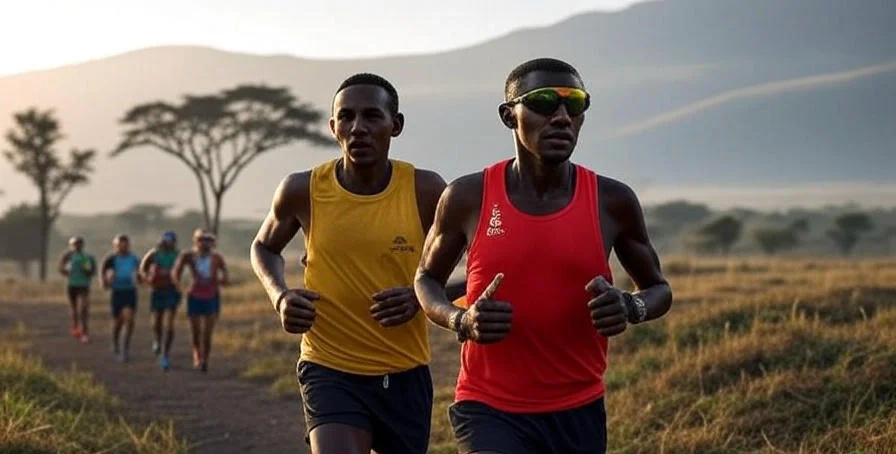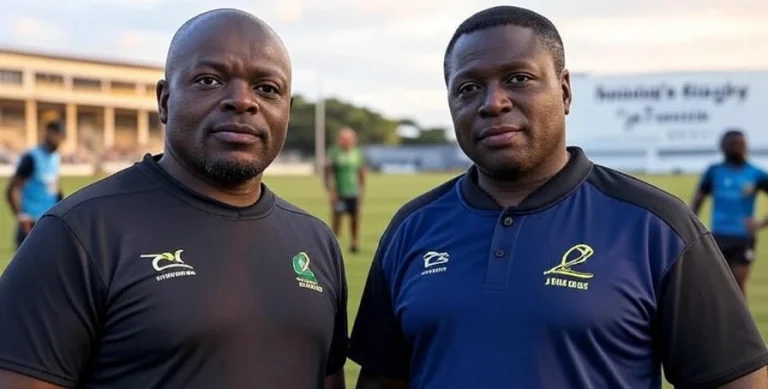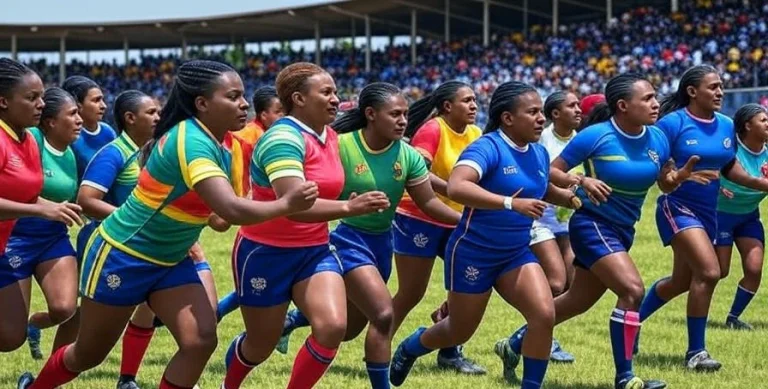Tanzania is shaping its next generation of world-class long-distance runners through specialized training programs across the country. Coaches and athletes, including stars like Alphonce Simbu, are working in high-altitude camps in Arusha and Ngorongoro as of June 11, 2025, to prepare for global races and the 2028 Olympics. This effort builds on the nation’s rich history of producing marathon legends, driven by natural advantages and increased investment.
Training Methods and Locations
Tanzania’s training system leverages its unique geography and structured programs to develop top runners. Key aspects include:
- High-Altitude Training: Camps in Arusha (1,500m) and Ngorongoro (2,200m) enhance endurance, active since January 2025.
- Coaching Expertise: Led by Zablon Mwambingu, with sessions focusing on technique and stamina.
- Youth Development: Over 60 young athletes joined programs in 2024, supported by the Tanzania Olympic Committee.
- Nutrition Plans: Tailored diets introduced in March 2025 to boost performance, funded by a Tsh100 million (£330,000) grant.
Athletes like Alphonce Simbu, with a personal best of 2:04:38 from the 2024 Valencia Marathon, and Gabriel Geay, holder of the national record at 2:06:04, train daily. The focus is on meeting the 2025 World Championships standards, with qualifying times set at 2:16:00 for men and 2:37:00 for women.
Expert Insights and Athlete Experiences
Coach Zablon Mwambingu noted, “Our high-altitude camps give Tanzanian runners an edge, and with proper nutrition, we’re seeing faster times.” Runner Felister Rotich, who ran 2:35:00 in the 2024 Dar es Salaam Marathon, added, “Training here has made me stronger, and I’m aiming for the Olympics.”
The system builds on a legacy from the 1970s and 1980s, when Filbert Bayi set a world record in the 1500m. Recent investments, including a Tsh225.6 billion (£744,000) sponsorship deal with local firms, have upgraded facilities, with new tracks opened in Arusha on April 15, 2025.
Training Schedule and Achievements
The training regimen is structured to maximize performance:
| Activity | Frequency | Duration | Location |
|---|---|---|---|
| Endurance Runs | Daily | 2 hours | Arusha |
| Technique Drills | 3 times weekly | 1.5 hours | Ngorongoro |
| Strength Training | 2 times weekly | 1 hour | Dar es Salaam |
| Recovery Sessions | Daily | 30 minutes | All camps |
As of 11:23 PM CEST on June 11, 2025, Simbu is preparing for a July 2025 friendly race to test his 2:04:38 pace. The Tanzania Ultramarathon, held June 12-16, 2023, saw 250 participants, with winners averaging 2:15:00, showing the depth of talent.
Context and Historical Success
Tanzania’s running tradition began with Juma Ikangaa’s 1989 New York City Marathon win and Suleiman Nyambui’s 1980 Olympic silver. High-altitude regions like Kilimanjaro have long been training grounds, producing athletes who excel globally. The current focus on youth, with 40% more participants since 2023, aims to sustain this legacy.
The 2024 Paris Olympics, where Simbu finished 7th, highlighted both potential and areas for improvement. New funding and international coaching exchanges, started in May 2025, are enhancing the training framework.
Future Prospects
Tanzania’s training programs are set to produce more world-class runners, with the 2025 season as a key stepping stone. Fans can expect exciting performances as these athletes target Olympic glory in 2028 and beyond.



